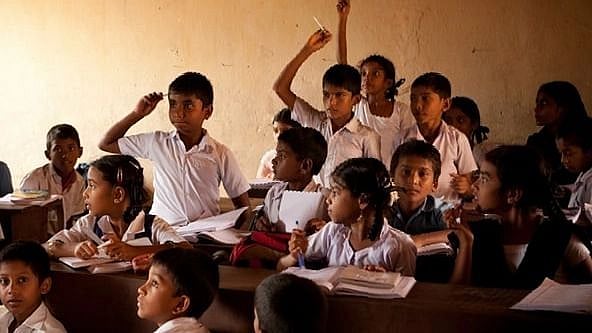Maharashtra Education Dept Disputes ASER Report on School Facilities | Representative Image
Mumbai: The Maharashtra Primary Education Department has issued a formal clarification on the data presented in the Pratham Education Foundation’s Annual Status of Education Report (ASER) for rural schools. In contrast to the ASER report, which suggested that 48.3% of schools in the state lack computer facilities, the department clarified that 78.40% of schools are in fact equipped with computers.
The department also noted discrepancies in the reported usage of computers by students. While the ASER report indicated that only 20.4% of students use computers, the actual percentage of computer usage across 1,08,144 schools stands at 72.95%, according to the state’s findings. Additionally, the School Education Department reported that 96.8% of schools have adequate toilet facilities for girls, contrary to the figures in the ASER report.
The Pratham Education Foundation had conducted a survey of 872 rural schools, which included 409 primary and 463 upper primary or higher-level schools. However, the state government pointed out that this sample size represents only 0.81% of the total 1,08,144 schools in Maharashtra. Similarly, the survey covered just 0.16% of the state’s total student population, with data gathered from 33,746 students out of the 2,09,61,800 enrolled students.
Some other findings in the report were acknowledged by the state government as correct, like, 60.9% of children aged 6 to 14 are enrolled in government schools, while 38.5% attend private institutions. Additionally, 98% of students aged 15 to 16 are enrolled in schools, making Maharashtra one of the states with the lowest percentage of out-of-school children.
In pre-primary education, enrollment has increased, with 95% of three-year-olds enrolled in 2024, compared to 93.9% in 2022. The enrollment rate for children aged 6 to 14 has remained consistently above 99% for the past eight years, despite disruptions caused by the pandemic.
The report also states that there has been notable improvement in reading and mathematical skills among students in grades 1 and 2, with signs of recovery from the learning losses caused by the COVID-19 pandemic, particularly among grade 3 students in foundational literacy and numeracy.
In government schools, reading skills improved by 10.9% in 2024 compared to 2022, while private schools saw an 8.1% increase. Mathematical skills saw even more substantial gains, with government schools showing a 13.1% improvement and private schools recording an 11.5% rise.
Another significant point highlighted in the report was the increasing use of digital tools by students. Among students aged 14 to 16, 94.2% have access to smartphones at home, and 84.1% of these students can use them. Furthermore, 63.3% use smartphones for educational purposes, while 72.7% use them for social media.
